Following the deliberations that were held during the 60th SIAM and ACMA Annual Conventions, MOTORINDIA had reached out to an elite set of experts from the auto component industry to know their views on how the auto and auto component industry would perform during the rest of the current financial year and the next year and what they think the government and vehicle manufacturers could do to put the industry back on the growth path.
OEM Perspective: Vinod Aggarwal, MD & CEO, VECV

“After witnessing a dip in the last few months, the Commercial vehicle (CV) sales numbers are getting better month on month now. With the unlock phases, we are witnessing a high demand from niche segments such as construction, mining, agriculture and ecommerce among others. With the festive season approaching, ecommerce is expected to soar further, which will turn up the requirements for LCVs and MCVs for faster inter and intra city deliveries. Also, the CV industry is driven by replacement demand and in last two years replacements have reduced, so that leaves scope to uplift the sector in the near future. We are confident that the upcoming festive seasons will provide the much needed positive impact for the automobile industry. This, along with regulatory measures like expected scrappage policy roll outs, gives us a lot of hope to ring in FY22 on a positive note.”
Ashok Minda, GCEO & Chairman, Spark Minda Group
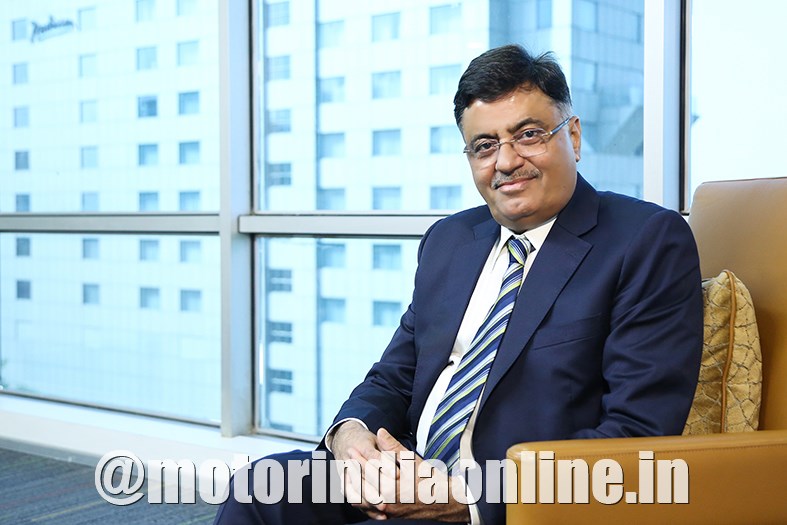
Market Outlook
As we noticed, the entire economy and different vehicle segments were severely affected in Q1 due to COVID-19 impact and the lockdown. This resulted in a very difficult time faced by the entire manufacturing sector, automotive ecosystem including the ancillary industry.
Following various safety guidelines, we are servicing our customer requirements currently, which has consistently grown since May’20. Our production volumes have recovered well in the last 2 months; however, we still are facing challenges in manpower and SCM areas.
With the gradual lifting of lockdown, Q2 which just ended, saw revival of 2W and tractor in a V-shape recovery. The PV segment has also recovered well. We are confident of a good festival season-based demand and volume achievement in the next 2 quarters.
In line with the founding principle of our company, we will continue to provide solutions to our customers and remain customer-centric at all times. We are revamping our business and product strategy to ensure we are ready with relevant products for the dynamic Indian automotive industry.
Expectations
We anticipate that a reduced GST rate for auto sector will help to improve the buying interest and support the economy. Another plan on which government is actively working on is the rollout of old vehicle scrapping policy. This will create significant opportunity and will help in recovery of the commercial vehicle segment sale especially in these uncertain times.
The recent pandemic has seen a huge shift in business dynamics with global companies looking at alternative setup to China. This opportunity is available to other growing economies like India who can offer required infrastructure, human skillset, cost competitiveness and ecosystem for a viable business proposition. We learned that our government is considering various offers and special packages that will attract these global companies to consider India as a preferred destination, thus benefitting various sectors especially in the manufacturing sector. This will generate employment, grow focus on technology and improve infrastructure rapidly.
———————————————————————-
Ashwath Ram, MD, Cummins India
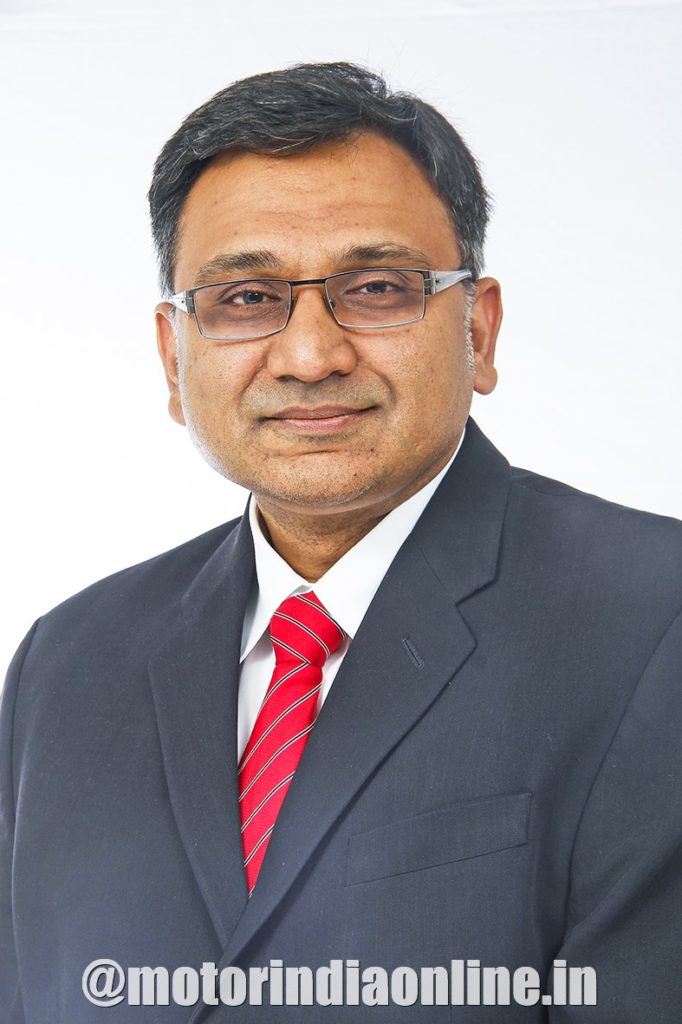
Market Outlook
The COVID pandemic has had a major impact on all sectors of the industry, including the automotive industry. Even before the pandemic, demand creation was a matter of concern. However, demand in the commercial vehicle sector is very closely related to GDP and, as GDP and the economy recovers, the industry will also bounce back. With easing restrictions on business activities, the Indian economy is showing signs of recovery and is expected to pick.
As per RBI, the Indian economy is expected to rebound and likely to grow by 7.2% in FY22. Also, I believe that the market will fully revive only by 2022 provided the revival and recovery remains consistent without any further surprises.
Expectations
One of the critical things I believe the government should look into on a priority basis is to implement the scrappage policy. With the introduction of BS-VI emission norms, the level of pollution compared to BS-IV is expected to reduce by almost 60 to 70 %. At the same time, we have BS-I, II, III vehicles plying on the roads. I would estimate that more than 90% of the pollution is caused by these vehicles.
Apart from this, demand creation has become a matter of concern and the industry is seeking government support. The government should also consider reducing GST for vehicles across categories.
In addition, emission norms have been announced as part of the Paris Accord and India has signed an emission reform, and so emission norms have been announced for the power generation industry, construction industry and track vehicles, all of which need to be implemented now.
———————————————————————-
Jayant Davar, Founder, Co-Chairman & MD, Sandhar Technologies
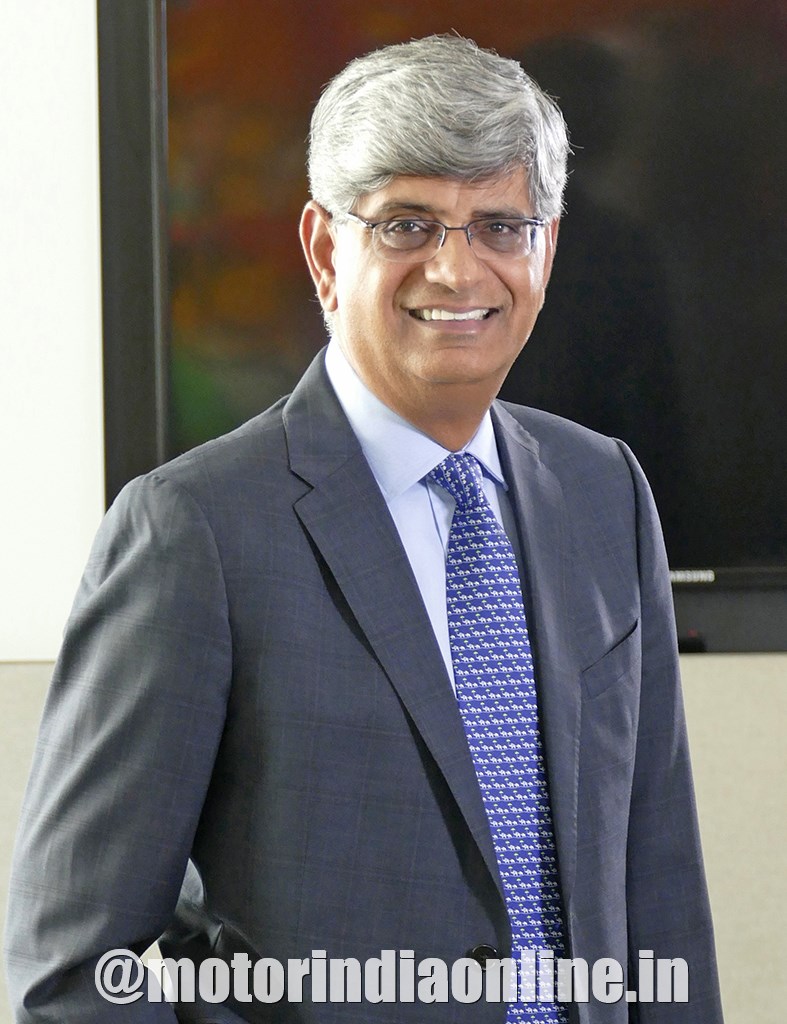
Market Outlook
The auto industry has seen a very fast recovery over the last couple of months. The production schedules for September to November look very interesting. The only question is the sustainability of the recovery. There are some segments which are firing very strongly and there are others which are not. HCVs are still pretty far off with no green shoots, tractors, low value two-wheelers and passenger vehicles seem to be doing extremely well.
The growth in production volumes is happening either to fill in inventory levels that have become lower than usual or gear up for the festive season demand. If this trend continues, then the production gap between last year and this year would be quite small. In terms of profitability, most companies in the auto sector might make profits only in the last 4-5 months considering the minimalistic sales in the first months this FY. Profit margins should be better compared to last year thanks to consolidation of expenses and gross margins going up. Suppliers who have seen business pick up could clock anywhere between 40% and 70% profitability as against last year; for the others, things would be worse off.
Assuming we do not have any further waves of COVID, the mood towards personal mobility is sustained and the economy continues to grow, the next financial year could be one of the best years in the history of our auto industry.
Expectations
If the auto industry is looking towards SOPs and financial stimulus from the government, I personally feel it is not going to happen since the government does not have the required fiscal bandwidth for it. I also have my reservations on whether we will see any GST rate cuts.
An area where the government could help is with the scrappage policy which could not only be a big trigger for improved sales but also be on the government’s agenda of bringing down emissions and reduce dependence on fossil fuels.
———————————————————————-
Srivats Ram, MD, Wheels India
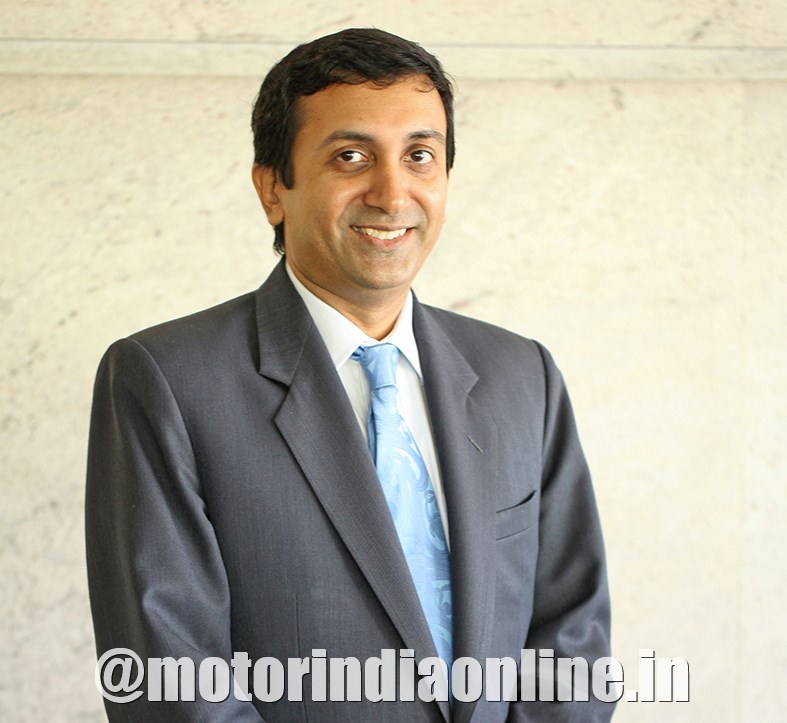
With the unlocking of the economy, most companies in the auto industry, outside of the CV sector, have kind of come back to 90% of production capacity in September. The recovery of the industry outside of the CV segment is well under way, building up to the festive season. While, we have to see how Q3 pans out, it is expected that there will be clear y-o-y growth in Q4.
Export Push
Export is an area where the auto industry, especially the components industry, can grow. While investments had dried up with the slowing down of the industry followed by the lockdown, as capacities get filled up, investments in capacity will start again. It is expected that export growth is likely to be reasonably strong in the coming year.
Government Thrust
With the phasing out of MEIS by December, RoDTEP Scheme needs to be introduced at the earliest to ensure the profitability of exporters. This will allow the manufacturers to sustain and grow the exports into the future.
If the government pushes through the production linked incentive (PLI) scheme, with a focus on import substitution by incentivizing companies to make investments in India and encourages localization that could serve as a big boost to the manufacturing sector. It requires persistence, intensity and drive from the government to take advantage of Atmanirbhar Bharat opportunity driving localization in all major areas of import to give an impetus to manufacturing in the country.
The government is pushing rural development with money flowing into MNREGA and other rural endeavors. This is seeing an expansion of activity and demand in this area. If the government also looks at pushing major national infrastructural projects, this could bring about a multiplier effect and also help give a boost to the beleaguered CV industry. If there is some form of the scrappage scheme that is introduced with a focus on ensuring basic safety, and environmental standards are maintained on the roads in major urban pockets, there could be improvement in demand for commercial vehicles.
Expected Growth
In FY21, the industry was locked down for two months and only slowly started opening up in the third month. The current momentum that we are seeing should build into growth in FY22.
———————————————————————-
Thimmaiah Napanda, MD & CEO, Meritor India
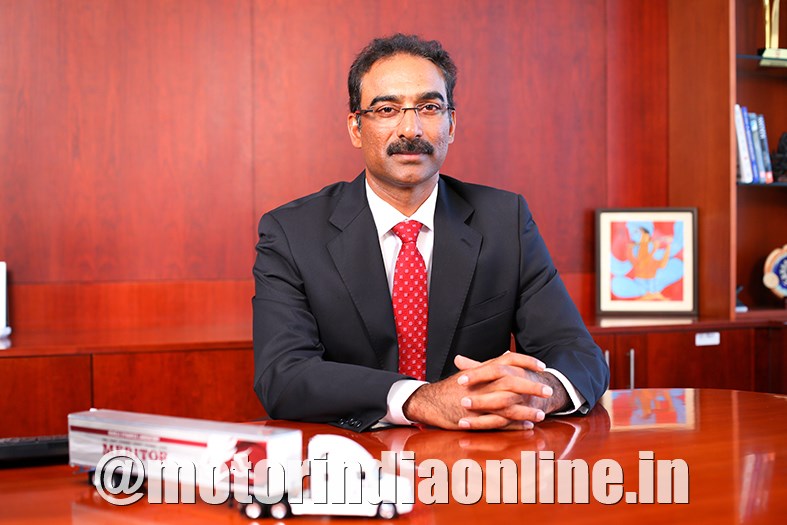
Market Outlook
The commercial vehicle industry like any other industry, goes through its cycles, this slowdown is also a part of that. One major difference is that the current downcycle got much prolonged owing to the COVID-19 pandemic.
However, the market has started showing some signs of recovery and with the phased unlock happening, most of the companies have resumed production. Demand is expected to rise starting from the next quarter and attain a steady growth by next year. Replacement demand might start coming in once there is some meaningful pick-up in the economy and activities pick up speed on infrastructure projects. The M&HCV demand/ market for the current year is expected to show a decline of around 25% to 30% due to impact of COVID-19 for the first two quarters. FY22 will see a significant growth – first, the base is very low and second, the CV market always bounces back strongly; on top of that the scrappage policy might be in force by then.
Having said that, one learning that all of us know and have been reminded now with the current situation is that no one can predict the future. So we must learn to adapt to the situation, be agile with lean cost structure and do our best to survive and thrive.
Expectations
Be it the regulations or market demand, the conditions keep changing continuously – both globally and in India. The companies will have to be very swift, adapt and agile both in product / technology innovations and operations. The manufacturing systems have to be made more flexible to cater to varying needs of the market. Easy accessibility of finance boosted by attractive offers especially during festive season is also one of the usual strategies that yields results.
From the government’s side, the three main things that could be a great boost to the CV industry are: i) Increase in infrastructure spend – the government has announced significant infrastructure investments/spend in the recent past. Efforts to accelerate these spends would have a ripple effect and would benefit the commercial vehicle segment which is directly connected with economic and commercial activities; our country’s infrastructure anyway needs lots of upliftment. ii) Faster implementation of the vehicle scrappage policy would encourage consumers to replace older vehicles and inject spending into the auto sector; in the process we will help clean up environment; iii) Easing of liquidity – government has already taken steps by lowering the interest rates but for the fleets and individual owners to avail its full benefits, more push to the NBFCs is required to improve lending and thereby boost demand.
———————————————————————-
Rohit Saboo, CEO & MD, National Engineering Industries
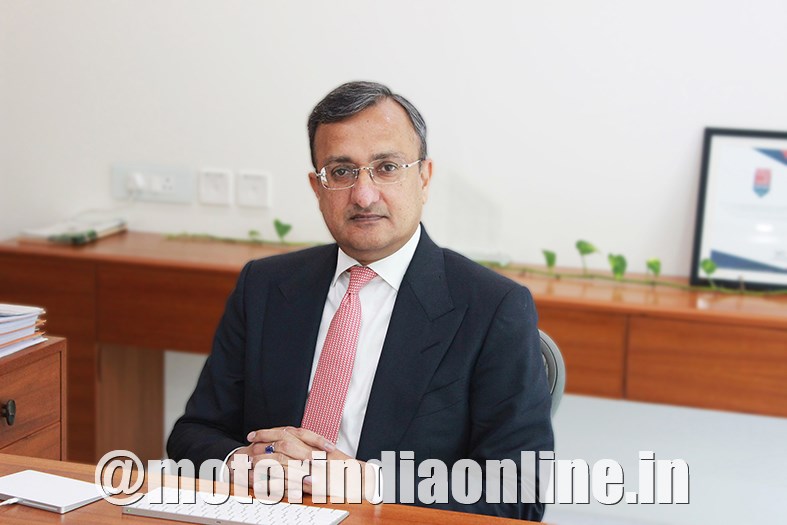
Market Outlook
From what I can see, the festive season should be good, especially for the two wheelers and small cars. All OEMs are gearing up for that and building inventory. The demand is building up and the retail numbers have started to improve month on month. There will be the routine slowdown towards the end of year but then again demand is expected to pick up in the next quarter due to financial year end deals.
Rural and small towns are doing very strong where people are investing in two-wheelers to avoid using public transport. Adding to this, tractor segment is doing exceptionally well due to better than average monsoon.
We are still not out of the COVID situation and with the way things are evolving, it is difficult to take a medium to long term view.
Expectations
India’s automobile industry is going through its toughest period right now. The government should look at the long pending demand of automobile industry to reduce the GST rates. This will help the industry immensely in the short to medium term.
The intention of the government to bring the Indian automotive industry at par with developed nations in safety and emission regulations is good but these should be evaluated in local context as conditions are not at par with the developed nations.
———————————————————————-
Ravi Chawla, MD, Gulf Oil

Market Outlook
The automotive industry has seen an upswing in volumes from June onwards this year, especially in the two-wheeler and passenger car segments and the momentum is likely to continue till end of the year mainly on account of demand arising from the increased consumer needs of personal mobility and pent up demand on account of deferred purchases. The tractor segment has witnessed a strong growth and it is expected to maintain the same for the rest of the year. On the other hand, the CV Industry which has seen a massive 75% decline is not likely to fully recover this year owing to significantly lower capacity utilization of existing fleets and non-movement of buses for public transport, coupled with higher cost of BS-VI vehicles. However, the LCV segment has done reasonably well in comparison to M&HCVs and should continue to perform better than the M&HCV segment next year.
Expectations
We feel the automotive industry and consumer automobile financing related companies should collectively promote online and virtual sales practices, offer more value products and there could be consolidation of the dealerships operating models to provide an overall experience and choice to the consumer which will help boost demand and customer satisfaction on purchasing. At the same time, the government with its efforts to bring the scrappage policy in place will help improve demand for commercial vehicle sector. Further rationalization and reduction in GST rates will make vehicles more affordable and improve ROI in case of CVs and LCVs.
———————————————————————-
Sunil Laroiya, President, Jamna Auto Industries
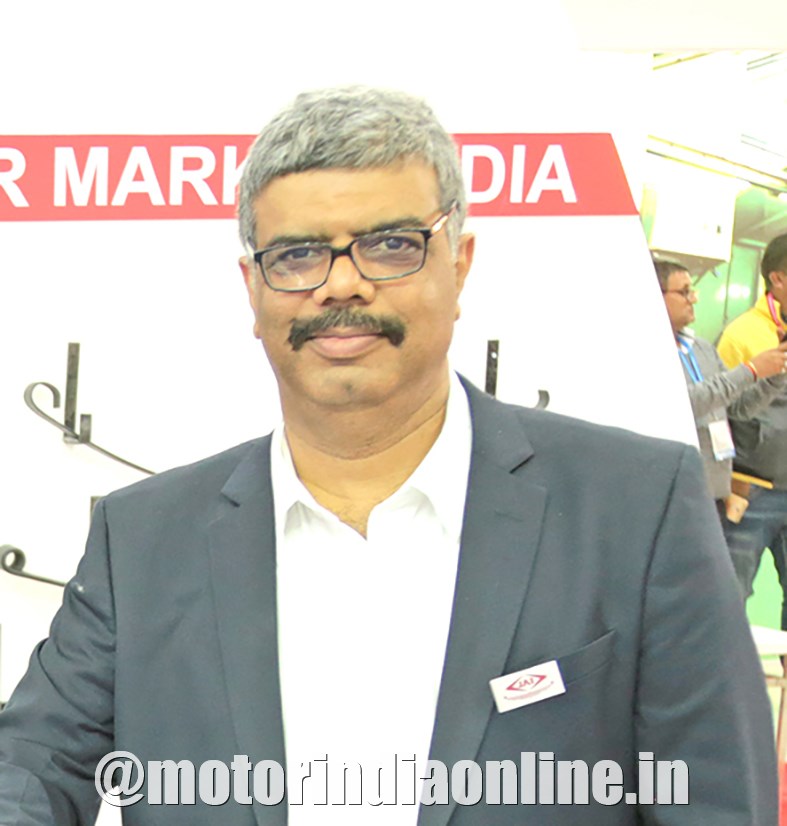
Market Outlook
We are observing slow but positive month-over-month growth since Unlock 1. We expect this positive growth trend to continue for the rest of year and we may end up having some respectable sales numbers by the end of Q4. The festive season starting in November may lead to quicker growth in numbers.
Expectations
We may see good growth and revival of market sentiments if the government brings in mandatory scrappage policy for vehicles more than 15 years old with some incentive to buy new vehicles. Reduction in GST rates from 28% to 18% will further boost sentiments and ensure quicker recovery. OEMs can work on feasible VA/VE opportunities so that cost impact of BS-VI can be minimised for the buyers.
———————————————————————-
Sanjay Koul, Managing Director, Timken India
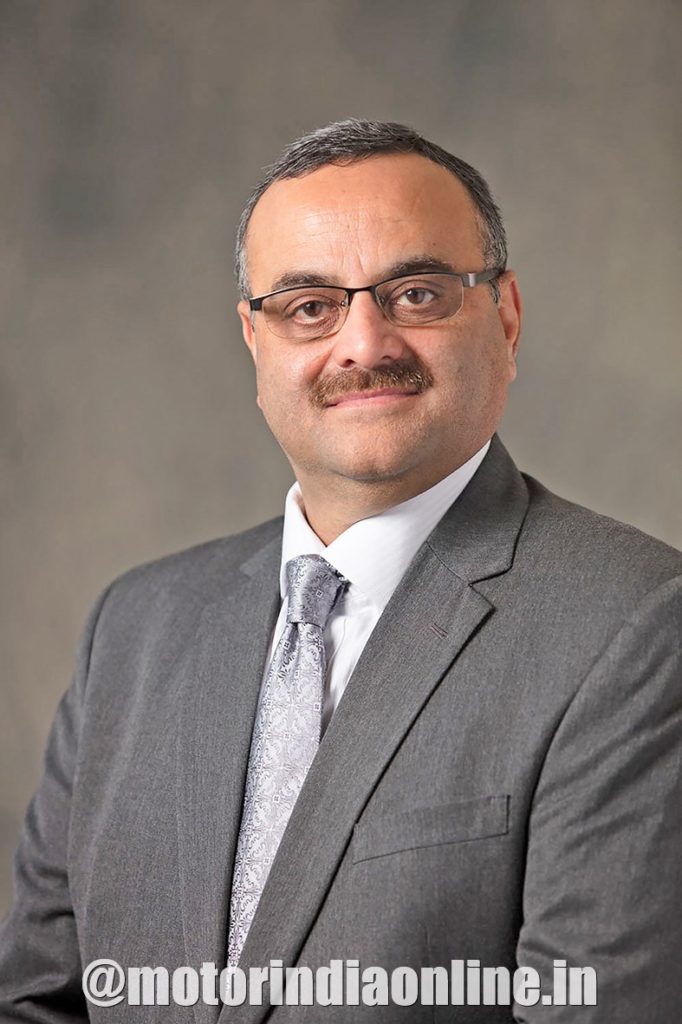
The demand is picking up as compared to the period from April to June, but the CV market remains a challenge. The Indian market is awaiting the push in infrastructure and also for the 15-year old vehicle scrapping policy. So, the market will remain lacklustre. I think in the next financial year, we should have a strong return to growth. However, the policy changes can make the next financial year a rocking year.
Scrapping of the old vehicles, better liquidity and then the push on infrastructure would bring a lot of jobs back.
———————————————————————-
Michele Panuccio, COO (Asia-Pacific), ADR Group
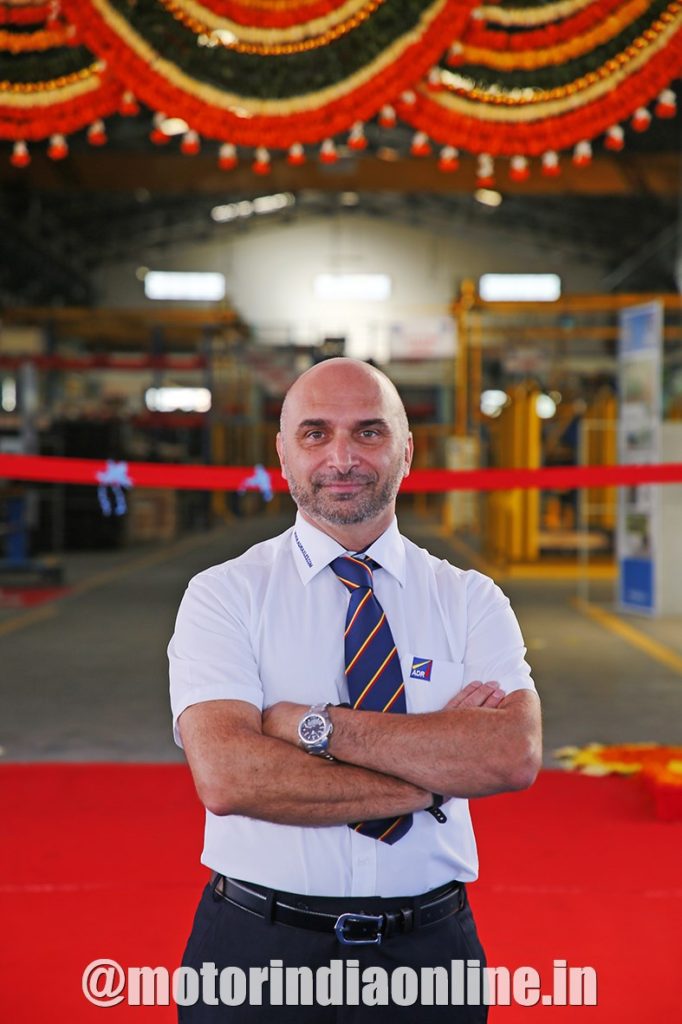
Market Outlook
If there is no new COVID emergency, as per ADR Group (ADR and SAE-SMB Industries) evaluation and based on Indian market studies during 2019-20, we think the economic situation could start to improve from the second half of the current financial year and the industry should come back to growth in FY22.
This year, fleet utilization will take a further hit with declining freight demand due to the slowdown in economic growth and private consumption.
Our market survey shows that only 30-40 per cent of the fleet capacity is being utilized in the country today but we should expect a recovery in both passenger and commercial vehicles in FY22.
In our opinion, long-haul heavy-duty trucks definitely come into play as the economy opens. It may take a little longer, but it will have a huge impact on all the CV companies.
Expectations
Incentive to end users to buy as well as incentive to manufacturers to invest are recommendable actions both for OEMs and government. Incentive to export and incentive to produce locally will help domestic market to recover faster. Reduction of taxation and reduction of waiting time to access utilities and for legal or mandatory approvals.
In these days, due to reduced number of people in office, the time to get any procedure is becoming a major reason for loss. Time is money and delay in procedures is costing money to any investor in India.
Infrastructure should also be improved. Modern and efficient roads for example would make the transportation faster, at a lower maintenance cost and at a lower environment impact.
———————————————————————-
Surinder P. Kanwar, CMD, Bharat Gears

Market Outlook
In my opinion, growth in second half of FY21 will be muted in all segments of the auto Industry except two-wheelers and tractors. The outlook for FY22 is at best a growth of 5% for cars/UVs and for M&HCVs. The growth for two-wheelers and tractors will be about 7%.
Basically, the aspirational sentiment will take some time to take develop, due to job losses and salary reductions in major sectors of the industry and service sectors.
Expectations
The auto component sector has been a growth engine for exports and the industry has to focus more for exports, while the domestic demand picks up at its own pace.
The vehicle scrappage policy which has been in discussion for many years needs to be rolled out finally to improve demand as well as sentiments. This will improve the environment and save natural fossil fuels and also save imports of crude oil substantially.
———————————————————————-
Sandeep Khullar, Director – India Sales, Dana Off-Highway
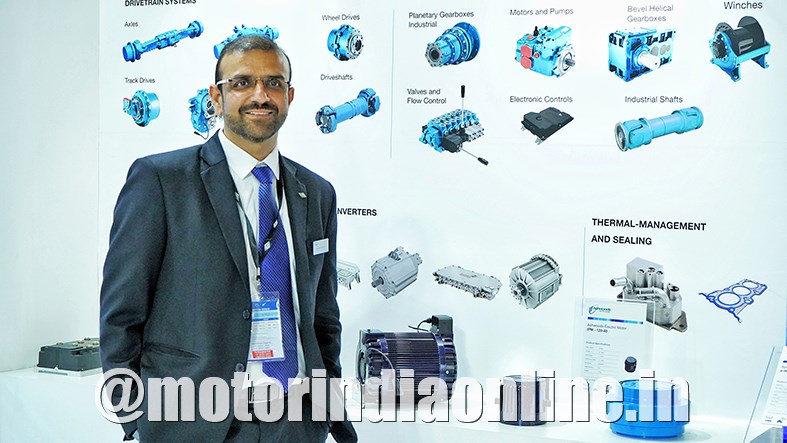
Market Outlook
This year, the automotive and commercial vehicle industries have faced challenging times and it may take up to 1-2 years for it to return to normal sales volumes, while on the agricultural side of the business, we are seeing an increase in demand for tractors and auxiliary equipment both in India and the rest of the world.
We hope to see positive movement as we look at the future of the market as there will hopefully be pent up demand and new projects that will require an increase in production of passenger and commercial vehicles. We also await the possibility of the incentive-based scrappage policy, which could act as a demand driver, especially for medium and heavy commercial vehicles sales in India.
On the retail front, we expect that consumers will be looking closely at two-wheelers and entry level cars to enable them to have better safety and increased privacy especially coming out of the COVID situation. The demand for small-and light-commercial vehicles is also expected to grow as the business models for online purchases increase.
Expectations
From an auto component supplier perspective, we believe there are a few areas where adjustments could help to drive a recovery in the market, including i) Reducing the GST on vehicles; ii) Implementing an incentive-based old vehicle scrappage policy that will make roads safer and improve productivity; iii) Prioritizing lending by banks / NBFCs for vehicle purchases as is being done for the agriculture sector, which could enhance the demand for two-wheelers, three-wheelers, light- and small-commercial vehicles for the small and medium scale businesses, as well as individuals for their drive to work.
———————————————————————-
Gautam Khanduja, President, Mansons International
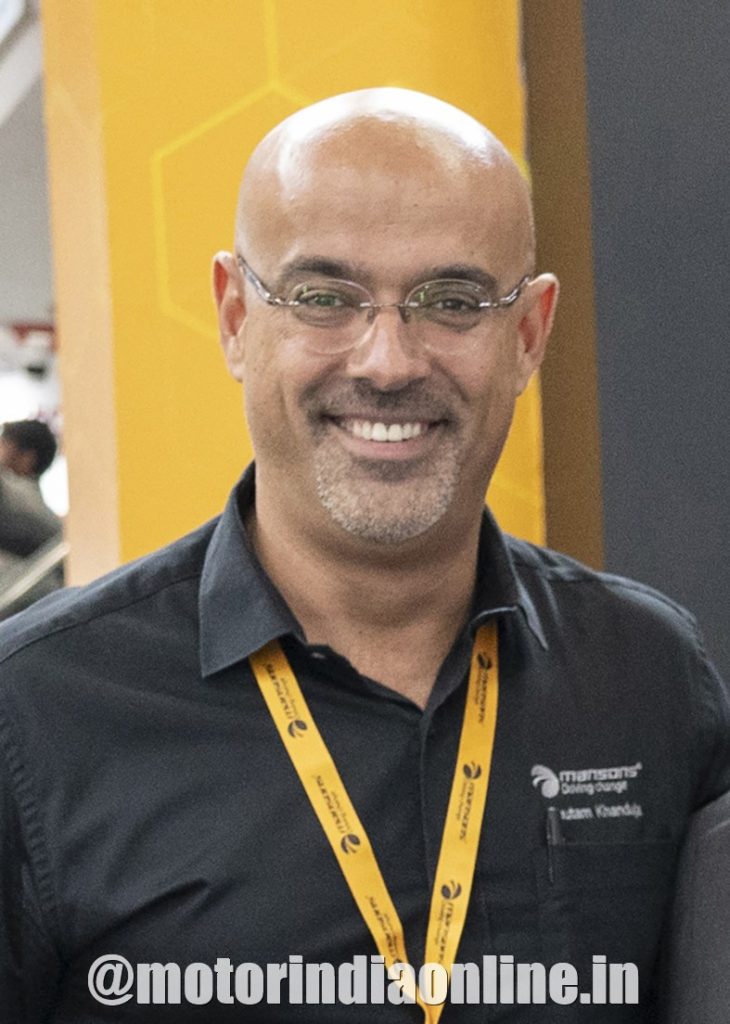
Market Outlook
The auto component sector revenue is expected to shrink by 16-20 per cent in the current financial year, with both domestic market as well as exports likely to see contraction in demand.
The auto component industry with high exposure to the commercial vehicle segment is expected to continue to be the worst impacted, in relation to those with higher two-wheeler, passenger vehicle or tractor segment exposures.
While the sector was expected to start recovering from the second half of 2020-21, the revenue may now record a decline of 16-20% YOY in the overall fiscal year. However, the performance in the October-March period of 2020-21 is expected to be better than the previous half, as auto demand has shown a gradual improvement in both domestic and exports markets.
A recovery to pre-COVID-19 levels is expected by the second half of this fiscal stoked by an improvement in demand from OEMs and exports.
It is expected that the auto component industry will record a revenue growth of 12-15% YOY in 2021-22, as most auto ancillaries have taken cost cutting measures to curtail fixed costs in FY21. However, lower operating leverage could constrain profitability margins.
Expectations
The government could bring in favourable regulatory changes such as GST cuts or incentive-based scrappage policy which could help revive demand in the medium term for the auto sector and in turn for auto ancillaries.
Furthermore, by ensuring taxes on China imports, OEMs could look at local procurement of components that are currently imported, benefiting the sector in the medium-to-long term.
The government could encourage auto component manufacturers/ suppliers and appoint trade representatives at consulates to facilitate exports and incentivize companies to establish operations in India. Industry bodies could work with Export Promotion Councils to identify target markets for exports, facilitate a cooperative supply chain in high-potential export markets.
———————————————————————-
Sitangshu Nandy, Business Development & Program Management, IAC International Automotive India

Market Outlook
We have seen numbers getting back to normal and getting to where we were in 2019, however our true benchmark should be 2018. Though the sentiments are positive, the recovery to 2018 levels is going to take long. We see the CV segment still struggling but the low and medium duty trucks have already shown signs of comeback. We now expect the number to go normal by end of CY 2020, and expect the last quarter of FY 2020-21 to be better than the whole of this year. With shared mobility business taking a step back and people preferring own personal vehicles, we might see a surge in entry level vehicles up to B-Segment and also entry level small SUV’s. With infrastructure getting back to normal and the BS-VI implementation done, we should expect the CV segment to return to 2019 levels within this quarter itself.
Expectations
The government should relook at the option of giving temporary GST relief for next 2 years. Possibilities need to be checked if GST collection can be spread over for next 2-3 years. Re-look in to the scrapping policy and implement the same with more benefits. Re-look at duties on petrol and diesel. Encourage leasing of CV / PV directly from OEM. Lower financing interest rates.
———————————————————————-
Harkirat Singh Ryait, Executive Director, G S Auto International
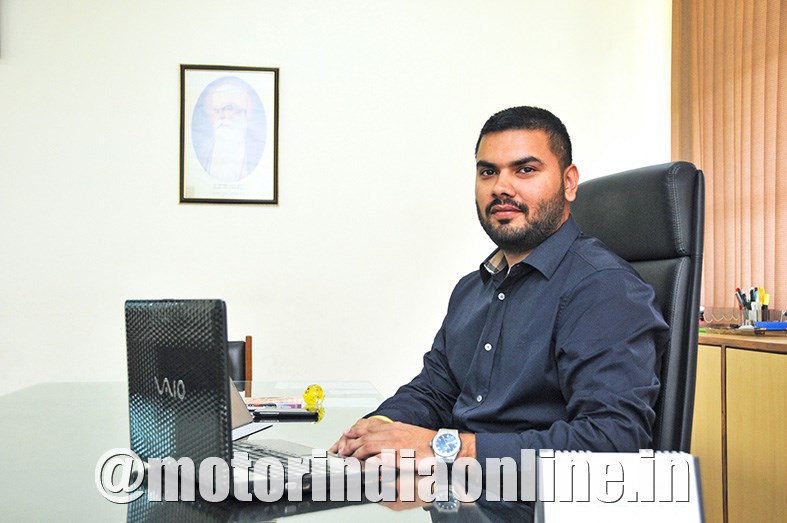
Market Outlook
The Business outlook in second half of FY21 is better than the first half. As regards to the entire FY21, we feel even if we achieve same business as the last financial year, at least in the aftermarket segment, we will consider it a good job done. As regards to OEM business and exports, it will be quite a bad year.
We see promise in growth during FY22 and are planning our resources accordingly with respect to diversification, expansion, etc.
Expectations
OEMs should consider support to suppliers in i) Faster settlements; ii) Cost support including advance; iii) Higher volume order for better capacity utilization.
The government should consider i) Uniform GST at 18% or less for all components across all segments; ii) Improve buying power of consumers to support demand; iii) More spend in infrastructure for activating higher commercial activities; iv) Support manufacturing segment on subsidized power cost, subsidized rate of interest on bank finance, etc. at least for the next 12 to 18 months.